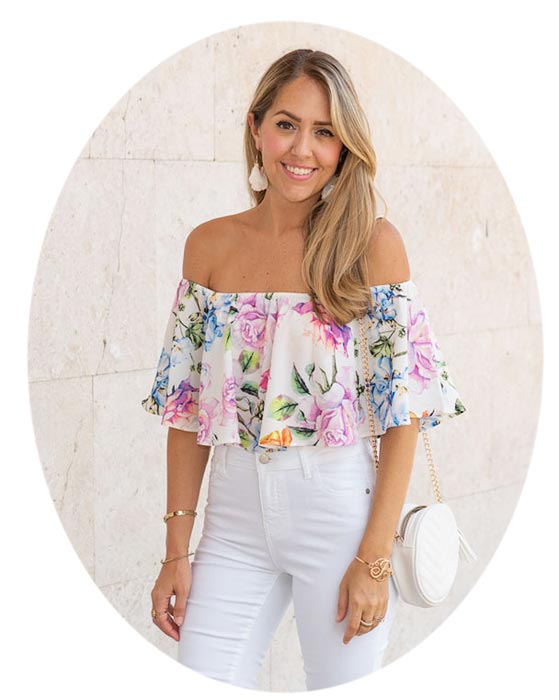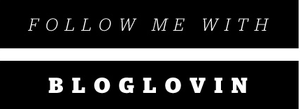How To Not Look Cheap
/ |
| Leather handbag, leather shoes, cotton jeans with designer wash. // Inexpensive top. (original post) |

One of the many reasons I started a fashion blog was to combat the belief that in order to be on a budget, you have to dress "cheap." My friends, I am here to tell you that there is a huge difference in dressing cheap, and dressing on a budget*. Here's how to spend the same amount of money, but make sure you never cross into cheap territory:
1. Shop brand names. You can find name brands for less at stores like DSW, Marshalls, Nordstrom Rack and thrift stores, that are higher quality than inexpensive brands at Target or Payless, but often cost the same. An occasional shoe from Payless is okay (more on that later), but for the most part, I recommend aiming for brand-names at a discount for the same price.
2. Shop quality materials. Did you know that Forever 21 sells 100% silk garments? Same with MJR Sales. You just have to look for it. I'm also a huge fan of real leather and I prefer jeans with more cotton and less Spandex (American Eagle can be a good spot for this), and not all polyester is created equal. In other words, choose wisely no matter what store you are shopping, and only go for genuine materials, or a great look-alike.
3. Mix high and low. At this point you might be saying "I don't have the budget to dress in high-end materials all the time!" Which is okay. Because it is all about a mix of high and low. A silk dress and leather shoes looks fine with an H&M necklace, but a polyester dress, leatherette shoes and an H&M necklace? Really hard to pull off without looking cheap! Mix in higher quality pieces with your lower quality pieces when you get dressed.
4. Diversify your shopping. How you are able to create high-low outfits is by diversifying what stores you shop at. Instead of only shopping stores with questionable quality you should also shop for brands with better quality so you can mix them together. Hunt the sales at Banana, thrift stores or discount stores like TJ Maxx, paying close attention to quality. (Read this post to learn how to save money at Banana and similar stores.)
 |
| Silk top. leather handbag, leather shoes. // Inexpensive pants. (original post) |
6. Invest in work attire. If you work in an office, the one area of your closet you should be most concerned about is your work clothes (save the disposable fashion for weekends!). I made the mistake of buying tons of collared shirts from H&M right out of college. I spent the first year of work looking cheap, which was silly because I could've spent the same amount for sale shirts that were higher quality at Express (my Express collared shirts are 6 years old and still look great). Insist on higher quality for your work attire. (I also recommend quality handbags and shoes as good pieces to invest in.)
7. Purge worn out items. Jewelry that is tarnished, shoes that are majorly scuffed, shirts that are showing wear and tear - retire them to be worn as pajamas, but be sure to purge them from your daily rotation as soon as you can find a suitable replacement.
8. Fit is key. Last but not least is fit. You can pull of a cheap dress if the fit is phenomenal (tailoring might be a good idea in this case). You can also make an expensive dress look cheap if the fit is not right. So pay close attention to fit, and you will be on your way to looking fab on a budget in no time.
9. Go for longevity. Items that are higher quality and you can wear for years ultimately cost less, because you don't have to pay to replace them over and over again.
What are your tips for shopping on a budget, without looking like you are on a budget?
 |
| Silk top, leather shoes, expensive necklace. // Inexpensive shorts, handbag. (original post) |
*Please note: these tips are in no way meant to judge others and how cheap they may or may not be dressing. (I'm not cool with that, see #9 in my About section.) They are merely tips to use for yourself, if you determine that you would like to change your own personal style. I struggled with finding quality clothes on a shoestring budget when I graduated from college and these are tips that I wish someone would have shared with me. I hope you enjoy! :-)
Tips for each category:
- Handbags - If you only have enough money to invest in one area of your closet, I would suggest one quality handbag for daytime. You will wear it every single day, it is technically work attire since you carry it to/from the office, and lesser quality bags are really easy to spot. I don't invest in clutches, however, since I use them less often, and a smaller size is harder to spot bad quality.
- Shoes - Shoes are important to your comfort and the health of your body, so this would definitely be another important place to invest. I recommend DSW, Marshalls, MJR Sales, Ross, Nordstrom Rack for quality shoes for less.
- Belts - My favorite spot for leather belts is H&M (they are less than $20), followed closely by Gap. If it is a skinny belt, then leather is not a concern (again, because it is smaller).
- Jewelry - I personally like a mix of high and low jewelry. The high jewelry is good for classic pieces, and the low is great for adding some fun to your closet. Your signature jewelry like a watch, rings, or bracelets that you wear every single day are generally more important to splurge on than big, statement pieces (unless it is for your wedding or another big occasion).
- Jeans - Colored jeans are hard to determine what brand they are, so I buy them everywhere, often from the juniors department. Blue denim is much easier to detect quality. Designer denim from discount stores like Filene's Basement is the best option if you can find it, but use a discerning eye at places like Gap or American Eagle and you can often find really amazing washes that look designer there as well (see my first photo up top for an example).
- Blazers - My closet is a half and half mix of quality and inexpensive blazers. The classics like black and navy are high quality and I paid a lot for them. The trendy ones like neon pink and striped, I got at stores like H&M and F21. Fit is the most important thing with blazers though - just make sure it fits you perfect and it will look more expensive than it really is.
- Tops - My tops are probably a 70/30 mix. 70% are inexpensive (and fairly trendy), while 30% are pure silk and classics that I plan to hold onto forever. I rotate the trendy pieces and don't mind that they are lower quality, especially when paired with designer denim and a leather bag.


